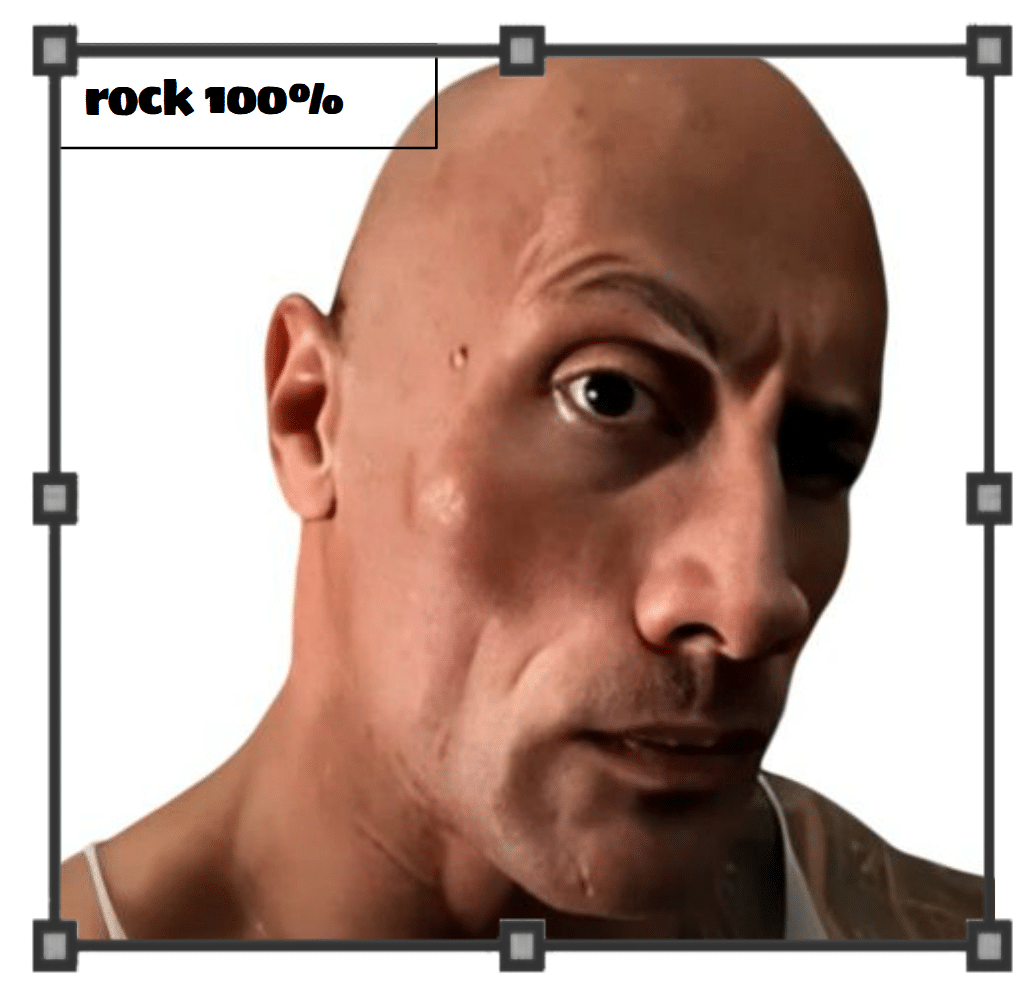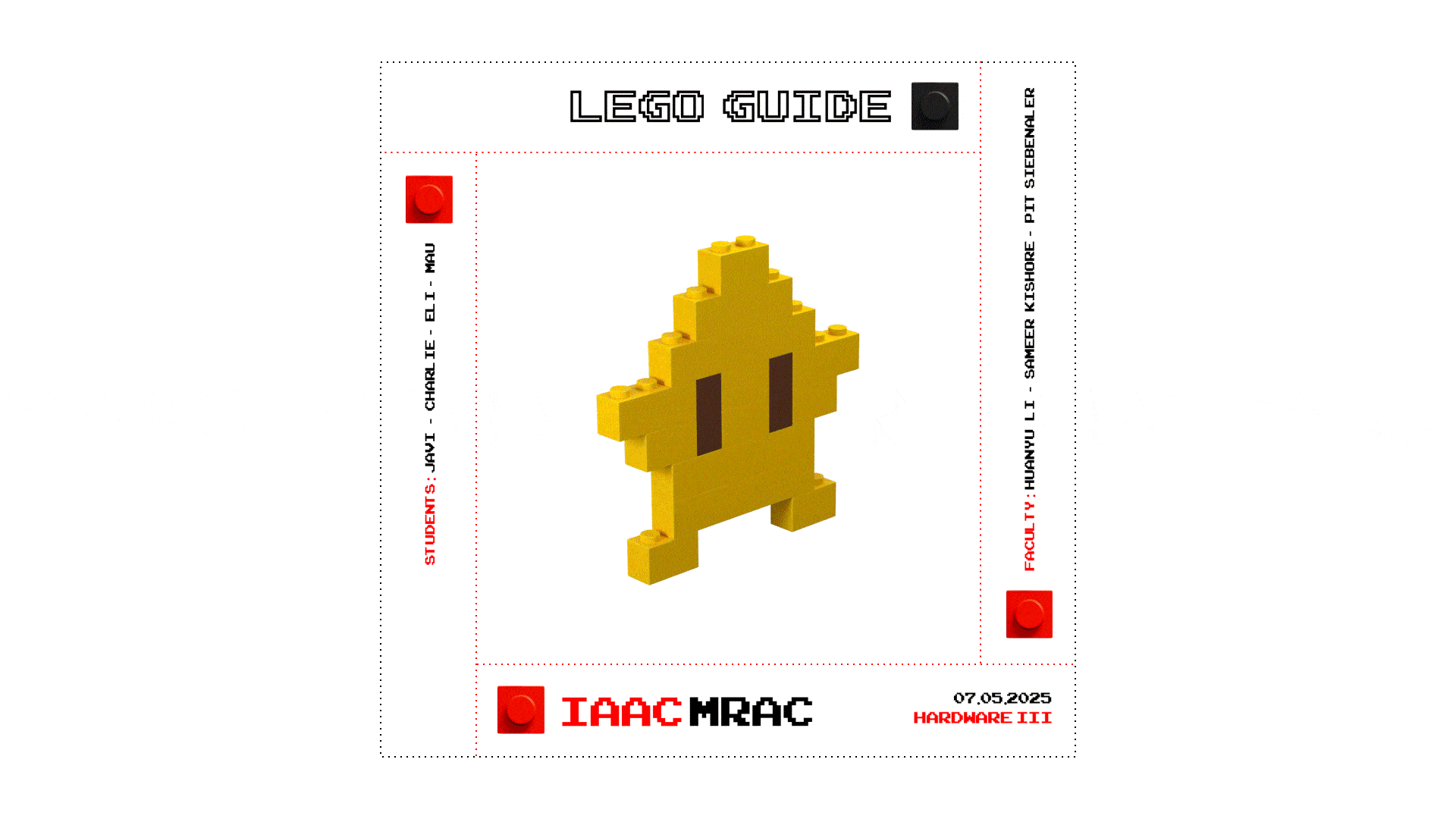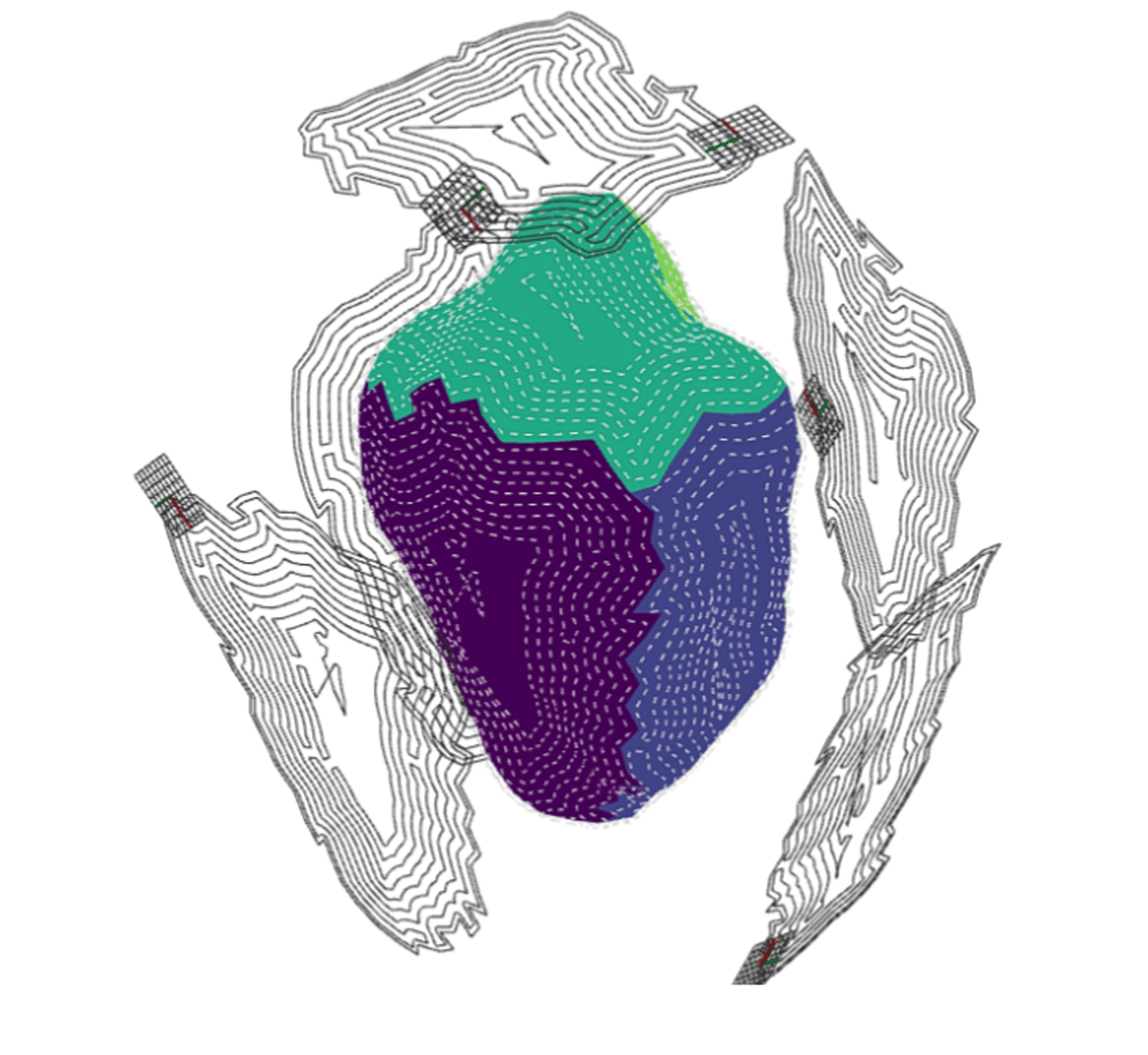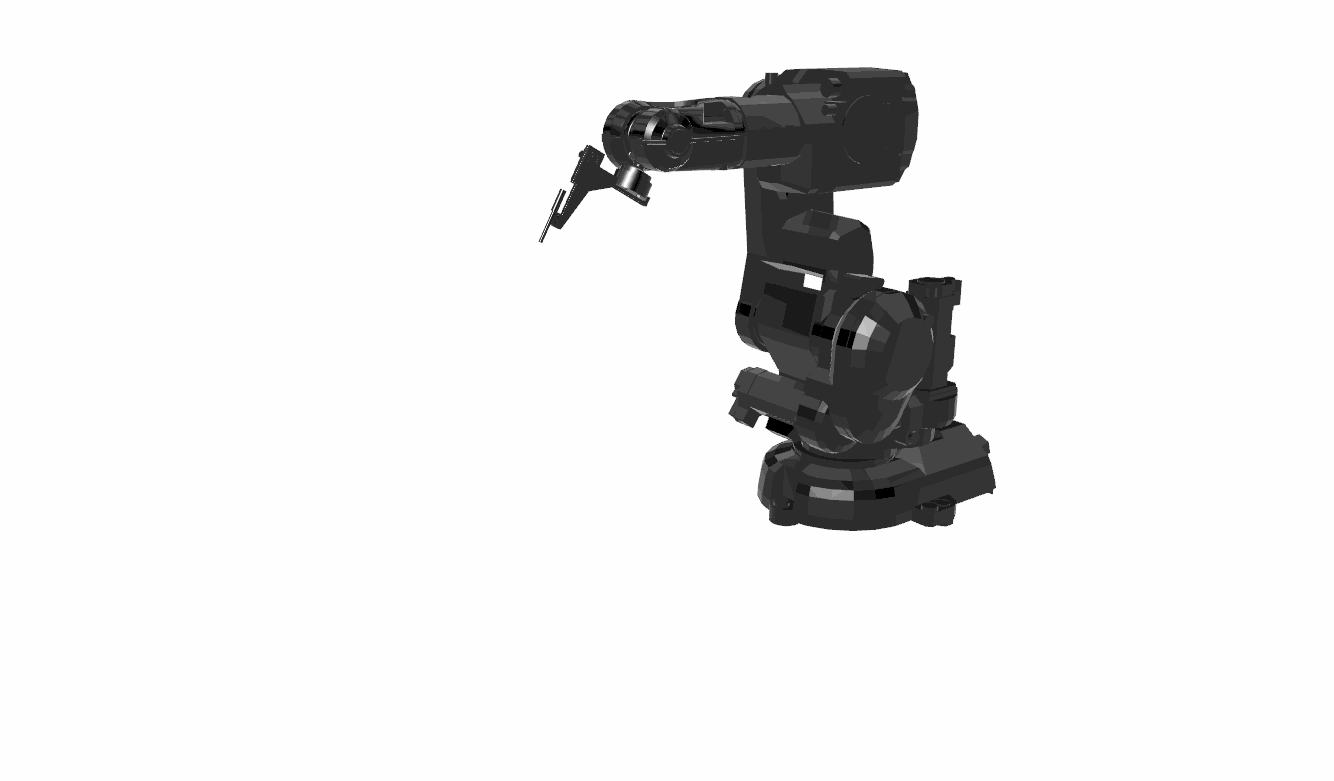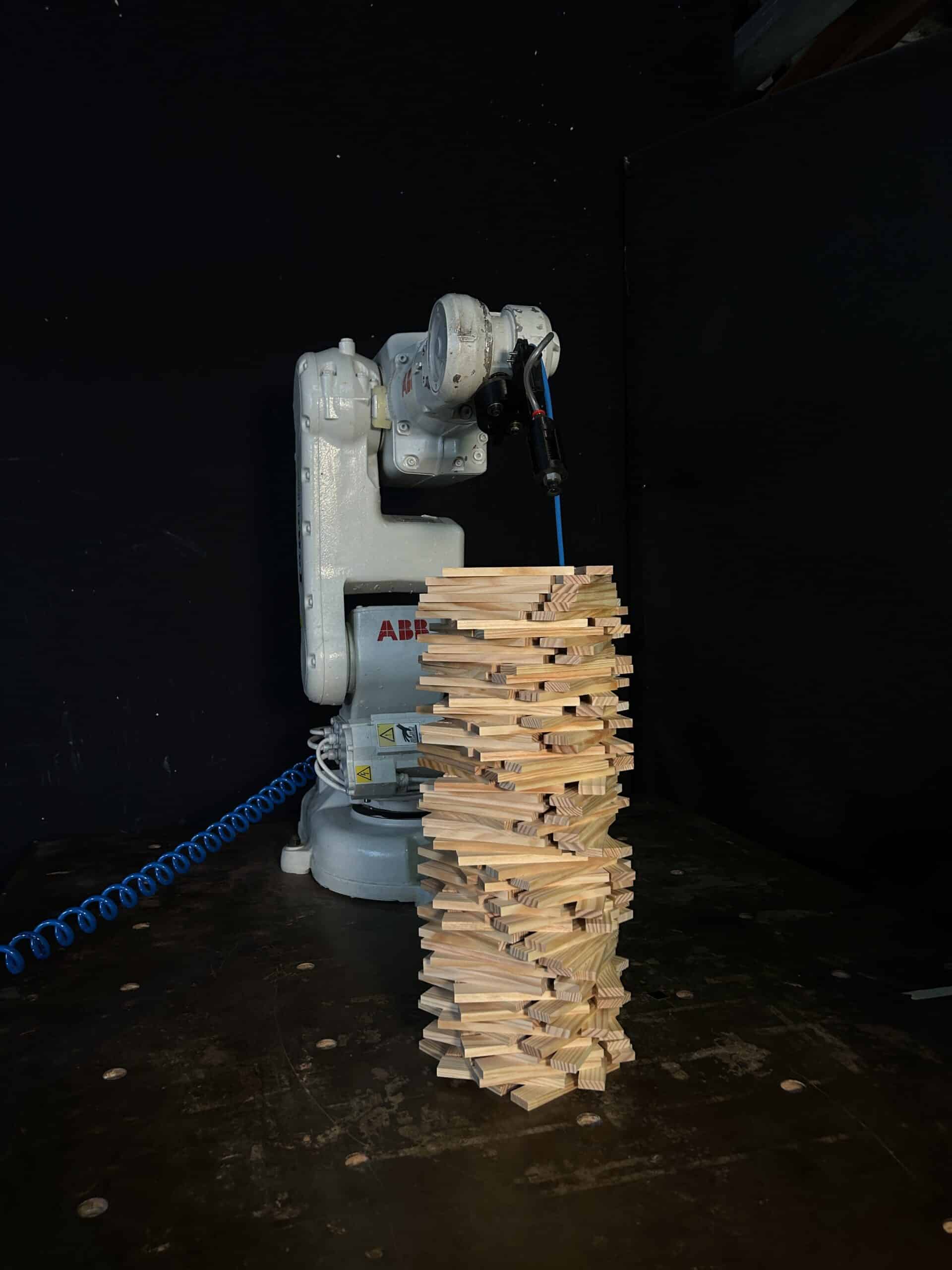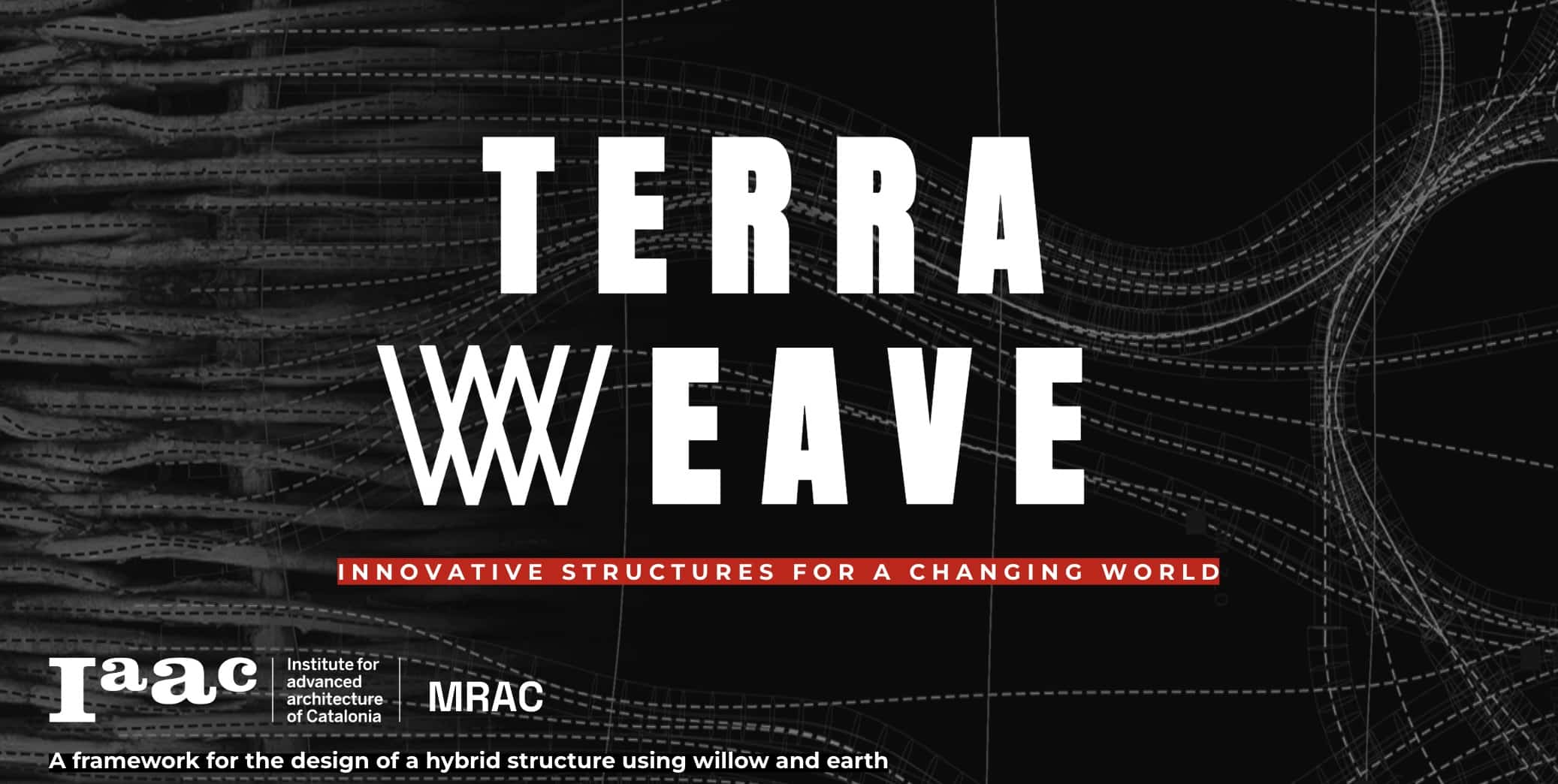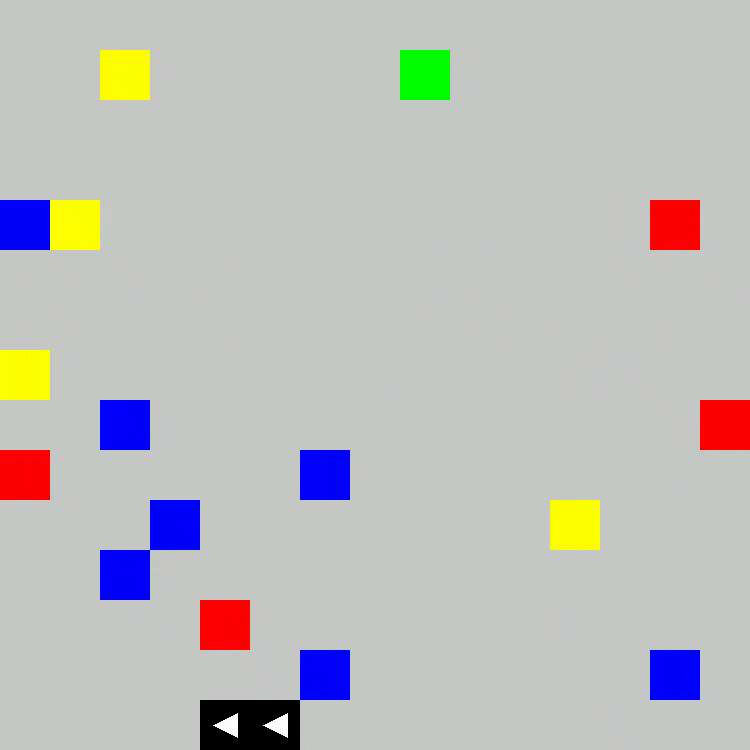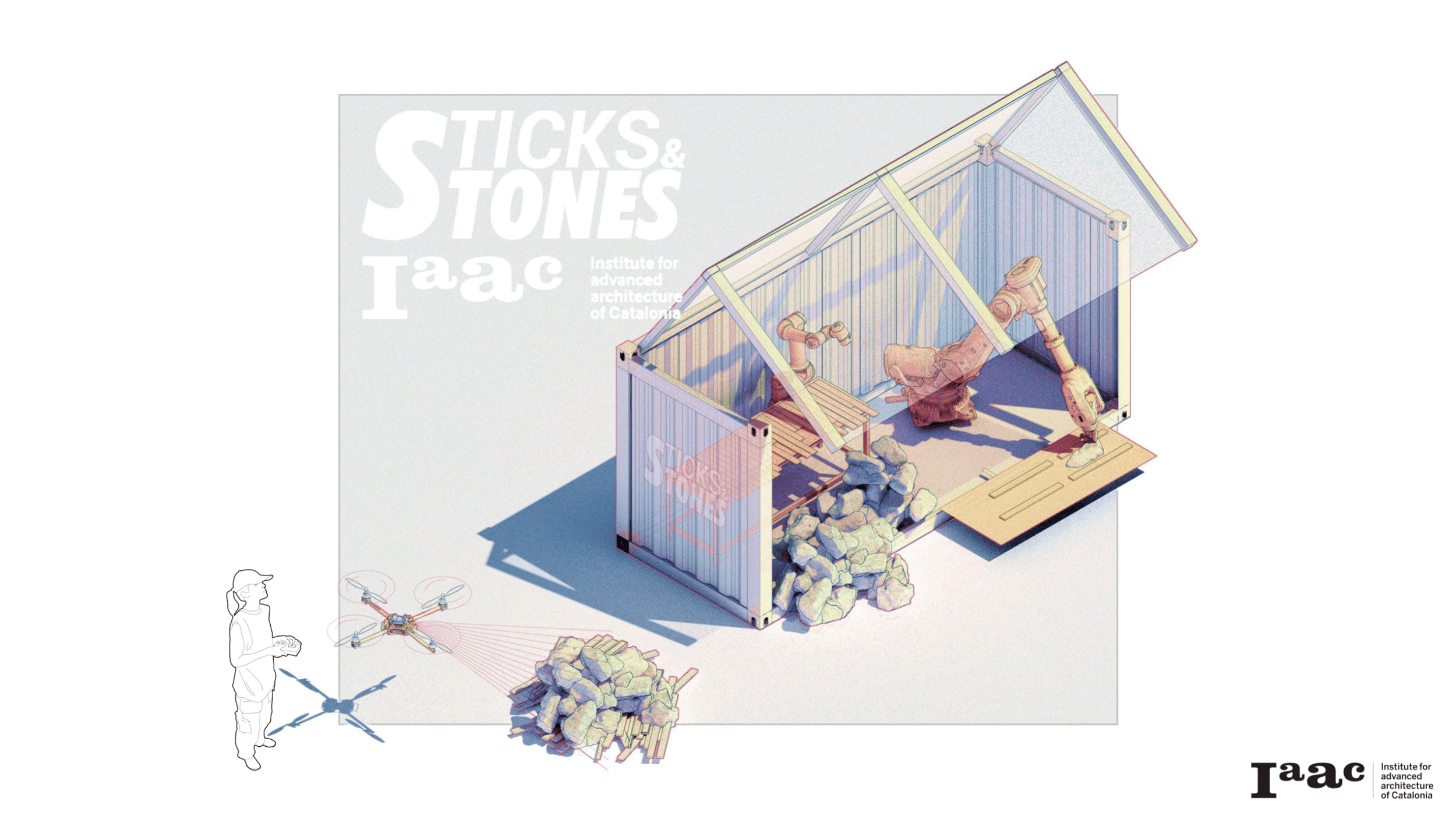Rock the Rock
A Real-Time Audio-Visual Stone Symphony Rock the Rock is an interactive audio-visual installation that identifies and tracks rocks in real time, generating dynamic sound and projection overlays. By leveraging computer vision and finite state machines, it transforms geological forms into a sensory experience. Concept and Context This project served as our introduction to Finite State … Read more

